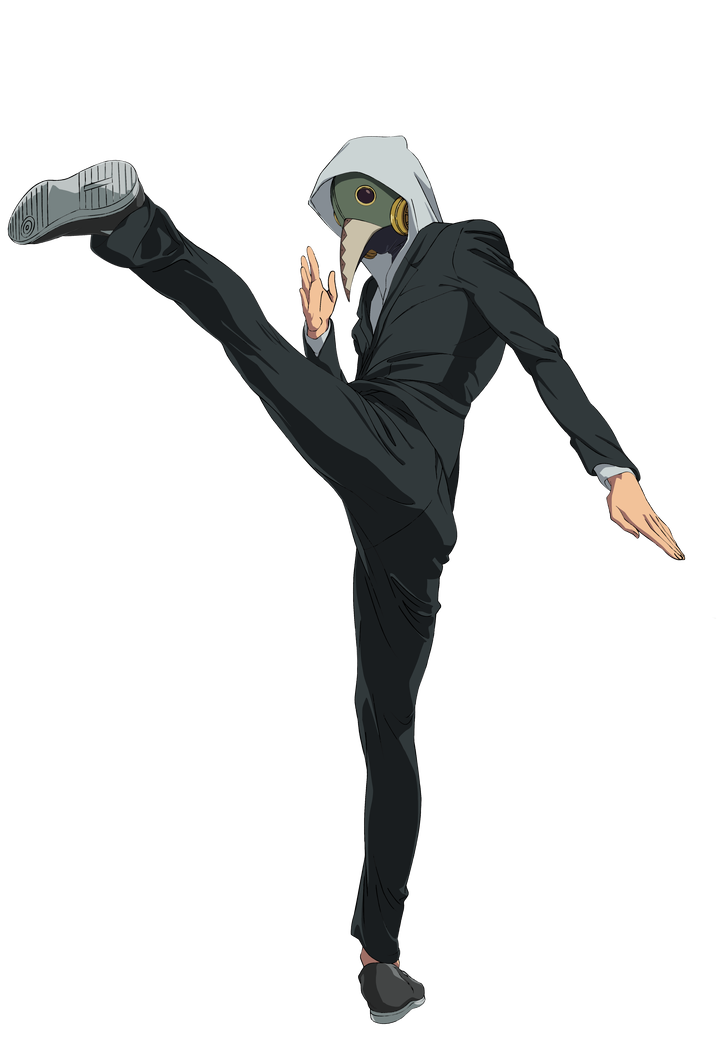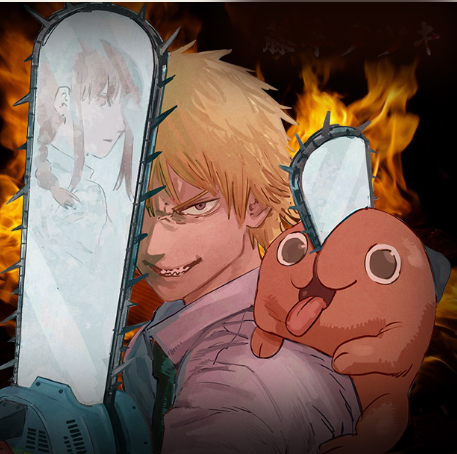# Unmasking Chainsaw Man: Surprising Cinematic Influences Behind the Anime
##
1. Introduction: Power of the Chainsaw
“Chainsaw Man” has taken the anime world by storm, captivating audiences with its unique blend of horror, action, and dark comedy. But what many fans might not realize is that this electrifying series is not just a product of manga genius but also a testament to a vibrant tapestry of cinematic influences. As we dive into the heart of this anime, we unveil the surprising films and directors that have left their mark on the world of Denji and his chainsaw-fueled adventures.
In a landscape where animation often borrows from various styles and genres, “Chainsaw Man” stands out as a fresh interpretation of battle shonen tropes, with a flair that echoes through the annals of film history. By examining its influences, we can appreciate the layers of creativity that contribute to its compelling narrative and character arcs. So, let’s grab our metaphorical chainsaws and cut through the surface to discover the cinematic roots of this thrilling saga!
As we explore these influences, we aren’t just looking at what’s on the screen; we’re connecting the dots between genres, styles, and the very essence of storytelling. Join us on this exhilarating journey as we dissect the threads that weave together the rich tapestry of “Chainsaw Man,” inviting you to see it through a new lens filled with excitement and discovery!
##
2. Horror Aesthetics: Influences from the Silver Screen
One of the most striking aspects of “Chainsaw Man” is its unabashed embrace of horror elements, which can be traced back to some of cinema’s most iconic genre films. The unsettling imagery and visceral thrills evoke memories of classics like “The Texas Chainsaw Massacre” and “Evil Dead.” These films not only shaped the horror genre but also revolutionized the way audiences interact with fear, suspense, and gore. In “Chainsaw Man,” these influences manifest in the gruesome yet captivating battles against devils, where the line between terror and exhilaration is blurred.
The animation studio MAPPA masterfully channels this horror aesthetic, creating scenes that are both haunting and exhilarating. The use of shadow and light plays a crucial role, reminiscent of how horror filmmakers manipulate visual elements to evoke suspense. The exaggerated character designs and grotesque transformations are a nod to the surrealist touches of directors like David Cronenberg, who expertly blended body horror with psychological exploration. This darkly poetic approach to storytelling invites viewers to confront their fears while also celebrating the absurdity of a world populated by devils.
Moreover, the unpredictable nature of “Chainsaw Man” keeps viewers on the edge of their seats, a technique borrowed from the thrillers of the past. Just as Hitchcock’s films left audiences guessing until the very last moment, the anime’s unexpected plot twists and character deaths challenge viewers’ expectations, making each episode a rollercoaster of suspense and excitement. It’s a thrilling experience that encourages us to embrace uncertainty and find joy in the unexpected turns of life!
##
3. Dark Comedy: Whimsical Inspirations
While fear and horror play a significant role in the narrative, “Chainsaw Man” also weaves in an absurdist humor that harkens back to the likes of offbeat comedies such as “Shaun of the Dead” and the works of Quentin Tarantino. This light-heartedness amidst the chaos not only provides comic relief but also serves to deepen character development and enrich the storytelling. Denji’s goofy antics and the absurdity of devil hunting reveal a refreshing take on the often grim realities faced by young adults.
Tarantino’s penchant for sharp dialogues and unexpected comedic beats can be felt throughout the series. Characters often find themselves in life-or-death situations, yet the humor that emerges from their interactions keeps the tone lively and engaging. This juxtaposition of horror and comedy creates a unique viewing experience, enabling audiences to laugh through their fear and find solace in the chaos. It’s a reminder that even in the darkest of times, a little bit of humor can go a long way!
The creators of “Chainsaw Man” have brilliantly harnessed this blend of dark comedy to challenge the tropes of traditional anime. The absurdity of Denji’s desires often leads to laugh-out-loud moments that resonate with viewers, reminding them that life is not just about survival—it’s also about enjoyment, no matter how bizarre the circumstances may be. So let’s embrace the laughter, for in every challenge lies an opportunity to find joy and connection!
##
4. Action Prowess: Choreography Inspired by Legendary Films
When it comes to action sequences, “Chainsaw Man” does not hold back. The adrenaline-pumping battles are choreographed with a flair that echoes legendary action films like “Mad Max: Fury Road” and “Oldboy.” The carefully crafted fight scenes are not merely about the spectacle; they are a dance of death choreographed with precision and creativity. Each clash of chainsaw against devil flesh is a testament to the influence of cinematic action styles that prioritize both visual storytelling and emotional weight.
The frenetic energy found in “Chainsaw Man” parallels the relentless pace of modern action cinema, where every frame is a potential moment of exhilaration. The use of dynamic camera angles and rapid cuts mirrors the editing techniques seen in films like “John Wick,” where fluidity and intensity are paramount. By adopting these elements, “Chainsaw Man” elevates its combat scenes, making them not just battles but gripping narratives that reveal character motivations, stakes, and the harsh realities of its universe.
Moreover, the visceral nature of the action sequences invites viewers to experience the thrill alongside Denji, drawing them into the heart of the story. The impact of each fight is felt not only through the stunning visuals but also through the emotional resonance that accompanies each victory and loss. It’s this careful balance of action and emotion that sets “Chainsaw Man” apart from other shows, creating an experience that is both exhilarating and deeply affecting. Let’s celebrate this harmony, reminding us that life’s adventures, too, are a blend of struggle and triumph that can inspire us to push forward!
##
5. Conclusion: A Tapestry of Influences
As we unmask the influences behind “Chainsaw Man,” it becomes clear that this anime is a masterful blend of various cinematic genres and styles. From the horror aesthetics that haunt its visuals to the dark comedic undertones that provide levity, the series embodies a rich interplay of inspiration that elevates storytelling to new heights. Each element synergizes to create an experience that resonates deeply with viewers, inviting them to reflect on their lives and the world around them.
In exploring these influences, we uncover not only what makes “Chainsaw Man” unique but also how it reflects universal truths about the human experience. The series challenges us to confront our fears, embrace our desires, and find laughter even in the most chaotic moments. It reminds us that life, much like Denji’s journey, is a wild ride filled with unexpected twists, profound lessons, and a whole lot of heart!
As you continue your own adventures, remember to wield your metaphorical chainsaw with joy and determination. Embrace the challenges, seek out the humor, and let the cinematic magic inspire you to carve your path in this vibrant tapestry of life. Charge ahead with optimism, because every day is an opportunity to create your own exhilarating narrative!

